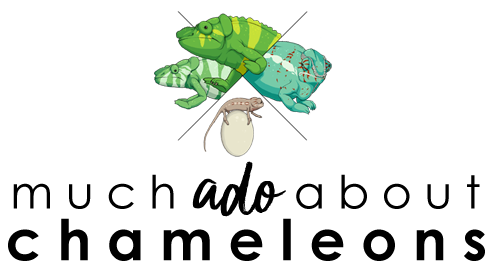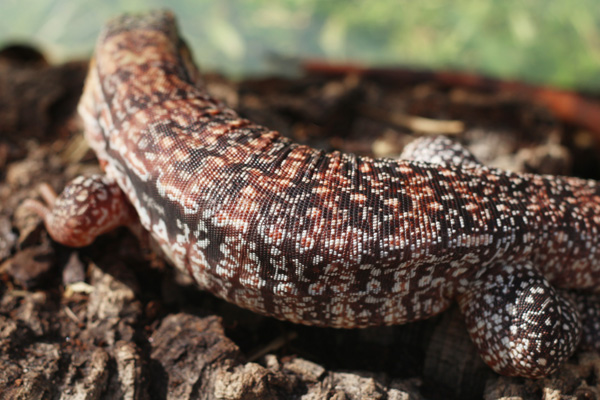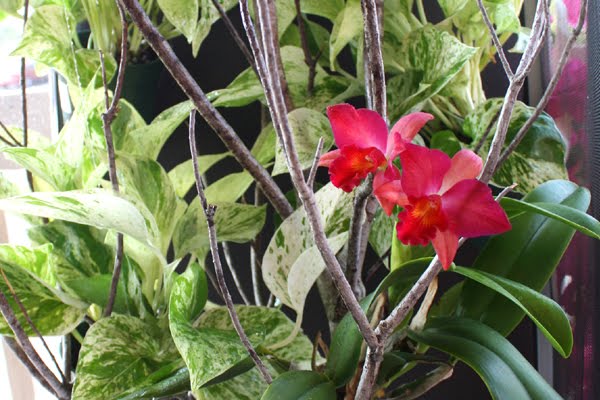A couple months ago a friend on the chameleon forums showed photos of his gorgeous male Bradypodion tranvaalense chameleon, or the Transvaal dwarf chameleon (although their common name changes depending on the region from where they came). He has a gorgeous black and white striped face, and deep yellow-orange markings down his sides. Everything about him was beautiful and different to me. Unbeknownst to me, this is a genus that is rare in the United States, and only a handful of individuals exist here. Fast forward a few weeks and about 10 of us signed up to have 23 chameleons from three different species of the genus Bradypodion imported from a breeder in Germany.
I teamed up with a friend of mine in Montana to do a breeding project together. I got one male while she got one male and two females. One of her females is on loan to me for now, while we determine which strategy will work best when breeding. At first I was going to ship my male to her when they were all old enough, so the presence of another male will stimulate breeding, and then he and one female would come back to me so that I could care for half the offspring, We then decided that it may be more prudent to have one pair with me in Florida and another with her in Montana, in case one of our climates turns out to be less than optimal. That way one pair may still go on to breed.
So, without much ado, here are my tiny little two.
I will update this thread as the week goes on with better photos of them, I didn't want to bother them too much today.
Raising and breeding these little chameleons will be a lot of trial an error, starting with the information that European breeders as well as a select few American breeders are providing, and seeing how we apply it to our very different climates. As time goes on I will make blogs logging the notes and observations I have recorded about them, to share with others keeping this species so that we may learn from each other and get ideas.
This should be very interesting and very exciting for us! Wish us luck.
June 4, 2012 - Here are the new photos of them after giving them a few days to settle in.
1
I teamed up with a friend of mine in Montana to do a breeding project together. I got one male while she got one male and two females. One of her females is on loan to me for now, while we determine which strategy will work best when breeding. At first I was going to ship my male to her when they were all old enough, so the presence of another male will stimulate breeding, and then he and one female would come back to me so that I could care for half the offspring, We then decided that it may be more prudent to have one pair with me in Florida and another with her in Montana, in case one of our climates turns out to be less than optimal. That way one pair may still go on to breed.
So, without much ado, here are my tiny little two.
I will update this thread as the week goes on with better photos of them, I didn't want to bother them too much today.
 |
| The female peeking out of the shipping bag. |
 |
| The female out of the bag, going off to explore the cage. |
 |
| The little male, in full shed coming out of the bag. You can see the female in the background. |
 |
| One of the two cages. This one belongs to the male. |
This should be very interesting and very exciting for us! Wish us luck.
June 4, 2012 - Here are the new photos of them after giving them a few days to settle in.
 |
| The male, Azrael. |
 |
| The male, Azrael. |
 |
| The male, Azrael, outside. |
 |
| The male. |
 |
| The female, still nameless. |
 |
| The female. |












